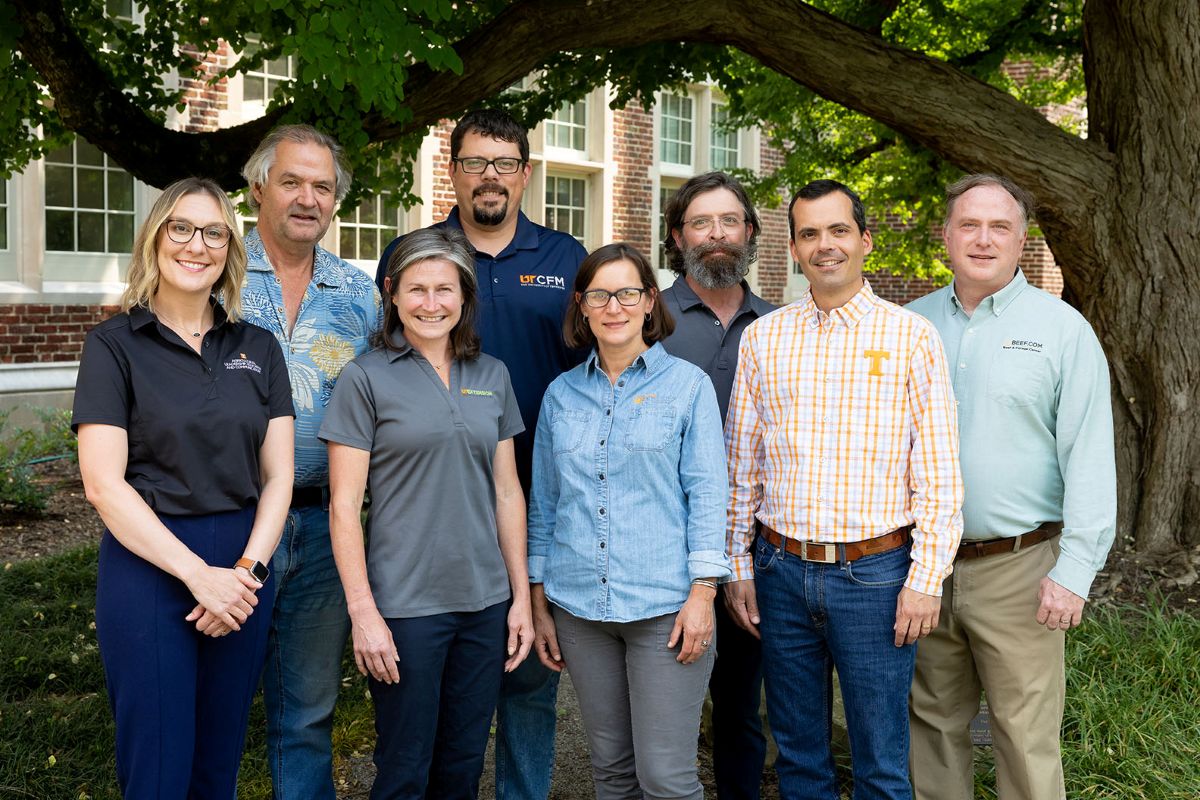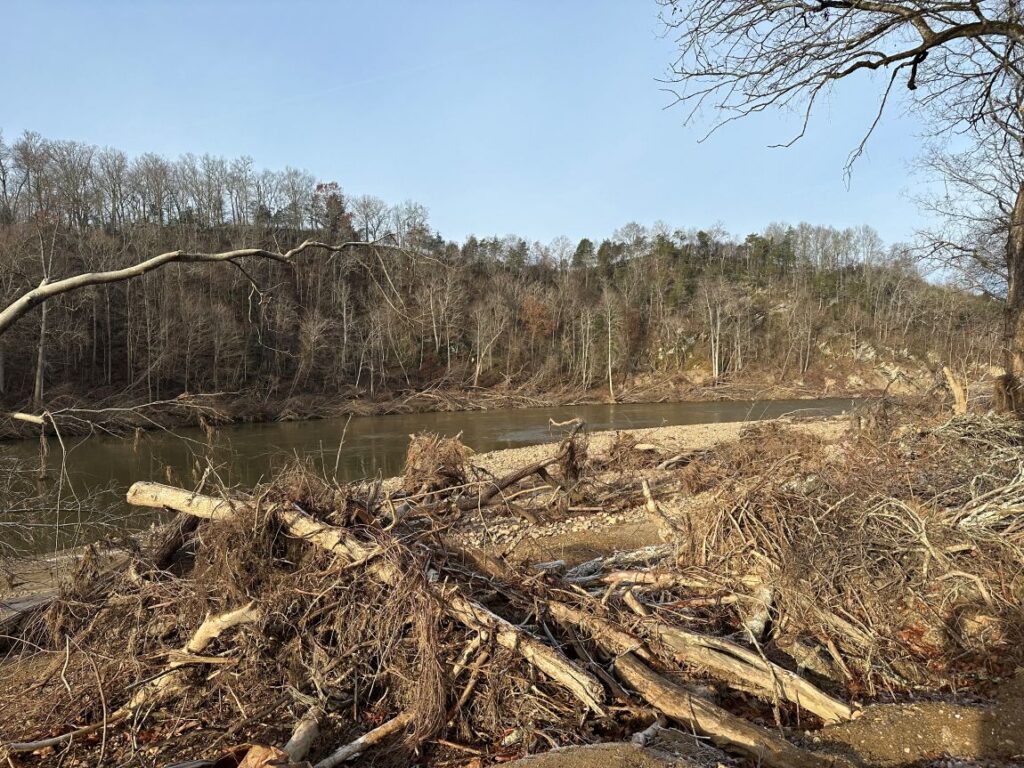
For at Least One UTIA Employee, It’s Personal
KNOXVILLE, Tenn. – UT Beef and Forage Center coordinator David McIntosh, an eighth-generation native of northeast Tennessee, watched with unease as Hurricane Helene approached his hometown of Chuckey.
“The night before it happened, I had a gut feeling I couldn’t quite explain,” McIntosh recalls. “I even called my uncle, wondering aloud if something bad was going to happen.
Heavy rainfall from the September 2024 cyclone caused the Nolichucky River to rise two feet per hour. At its peak, 1.3 million gallons of water per second surged over the Nolichucky Dam near Greeneville—nearly double Niagara Falls. The flood waters tore through riverbanks, farmland, and communities, destroying roads and bridges and depositing debris and sediment. Thousands lost essential utilities. In Chuckey, one of the hardest-hit areas, residents had to evacuate.

As the flood set in, agricultural leaders across Tennessee closely monitored the situation. State Agriculture Commissioner Charlie Hatcher contacted UT Extension agricultural economists to begin assessing economic damage.
Economist Aaron Smith found that existing tools couldn’t capture the full impact on farmland and communities. So, he and information technology analyst Brad Wilson developed a new decision-making tool to quantify damage from flooding. The tool overlays satellite imagery with datasets to track changes in vegetation and land recovery at one-, three-, and six-month intervals, and beyond. The tool is being designed for use in future disasters.
Their efforts grew into the UTIA flood recovery initiative involving eight other UT Extension specialists and AgResearch scientists in plant and soil sciences; animal science; veterinary medicine; and agricultural leadership, education, and communication. They, in turn, have involved more than twenty colleagues from UT and other universities.
Team members secured forage for overwintering cattle, analyzed sediment on bottomlands, and assessed the land’s capacity to return to productive use. On August 20, they will host a field day in Limestone, Tennessee, to further assist producers with recovery.
At the UT Northeast Tennessee AgResearch and Education Center in Greeneville, center staff and UT/TSU Greene County Extension office agents and staff took part in relief efforts—unloading truckloads of donated forage, human and animal food, and supplies from as far as Wisconsin and Illinois. The center also made 45 acres available to support local cleanup.
Extension agents across the ten-county region have been vital to recovery efforts. UTIA also posted online resources to assist the public in recovering from both flood and tornado damage, resources that remain available at the website.
“For me,” says McIntosh, “this is a once-in-a-lifetime project—for the relief it brings now and the legacy it builds for future generations in northeast Tennessee.”
– Margeaux Emery, UTIA Marketing and Communications